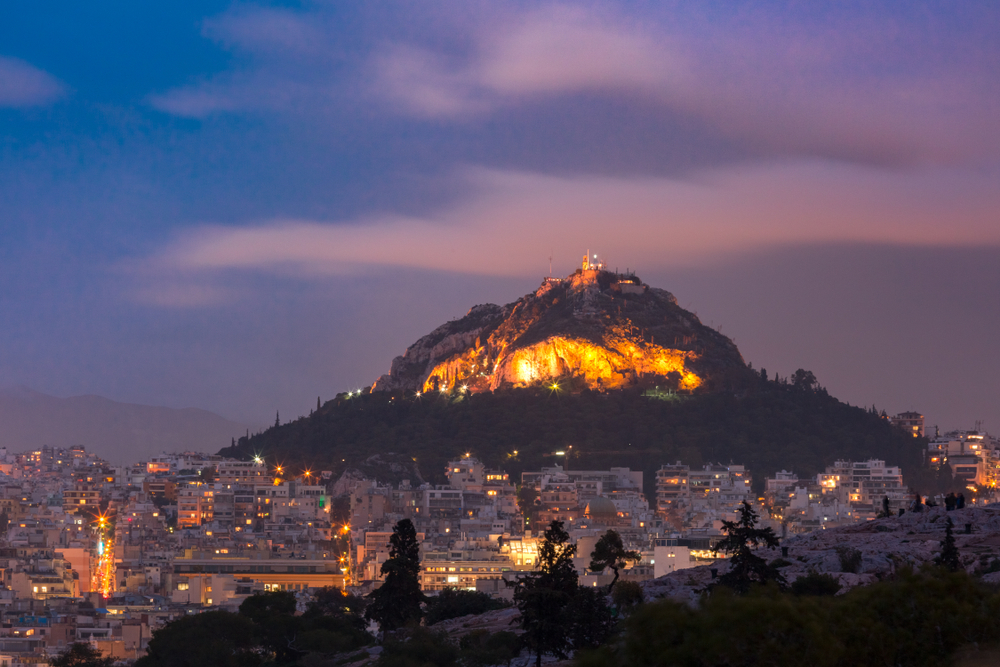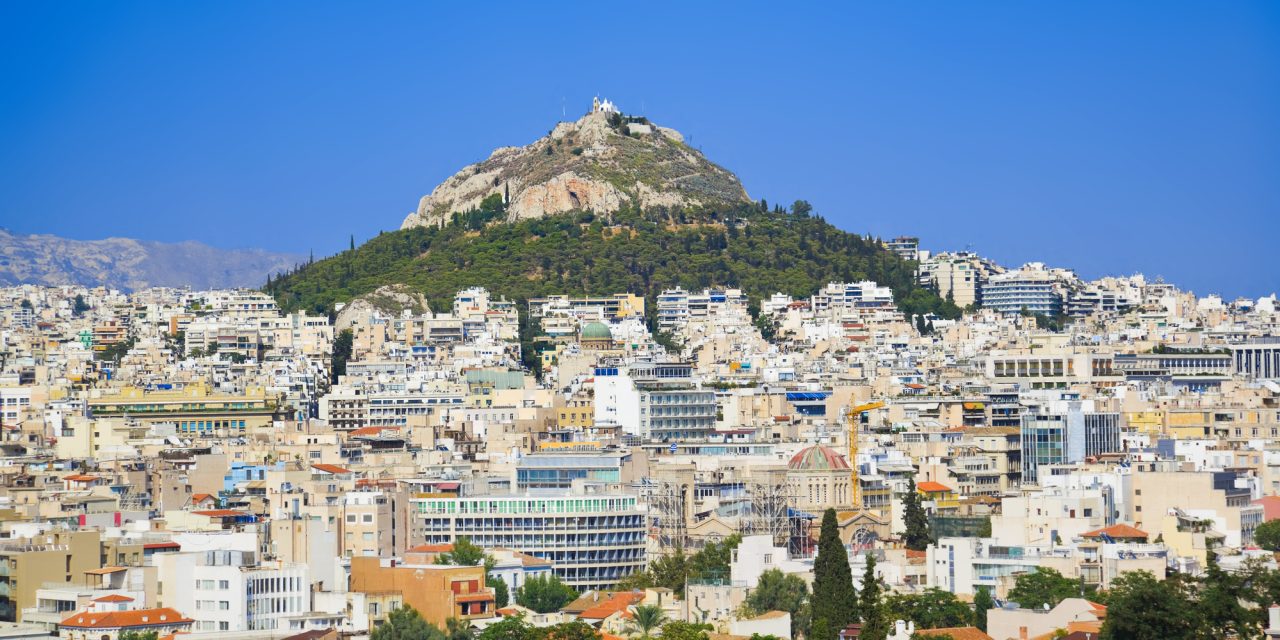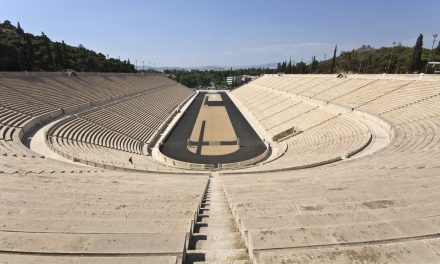Mount Lycabettus, also known as Lycabettus Hill, is a prominent hill located in the heart of Athens, Greece. With a height of 277 meters, Mount Lycabettus offers stunning views of the city and is a popular destination for locals and tourists alike. In this article, we’ll take a closer look at Mount Lycabettus and explore what makes it such an iconic destination in Athens.
History & Mythology
According to Greek mythology, Mount Lycabettus was formed when the goddess Athena dropped a limestone mountain she was carrying to use in the construction of the Acropolis. Over the centuries, the hill has been home to various fortifications and religious sites, including a temple dedicated to Zeus and a Byzantine church dedicated to St. George.
Getting to Mount Lycabettus
Visitors can reach the top of Mount Lycabettus by foot, car, or funicular railway. The funicular railway is a popular option, as it provides a scenic ride to the top of the hill and offers stunning views of the city. The railway operates daily from early morning until late at night.

Attractions & Activities
At the top of Mount Lycabettus, visitors will find a variety of attractions and activities to enjoy. The Chapel of St. George is a popular destination, as it offers stunning views of the city and is a peaceful place for reflection and prayer. The hilltop also features a café and restaurant, where visitors can enjoy a meal or drink while taking in the breathtaking views.
For those looking for a bit of exercise, there are several walking trails that lead up to the top of Mount Lycabettus. The trails are well-marked and offer stunning views of the city along the way.
Events & Festivals
Throughout the year, Lycabettus Theatre plays host to a variety of events and festivals. The hilltop is a popular destination for outdoor concerts and performances, particularly during the summer months. Visitors can also enjoy fireworks displays and other festivities during major holidays and celebrations.
Overlall Mount Lycabettus is a must-visit destination for anyone traveling to Athens. Whether you’re interested in history, mythology, or simply taking in the stunning views of the city, this iconic hilltop destination offers something for everyone. So, whether you choose to take the funicular railway, hike to the top, or drive to the summit, be sure to make Mount Lycabettus a part of your Athens itinerary.
Map
Athens Unveiled: A Journey through History, Culture, and Modernity
Discover the grandeur of Athens, a city steeped in history and modernity. Start at the iconic Acropolis, home to the Parthenon, and Erechtheion before delving into the artifacts housed in the Museum of Acropolis. Enjoy a live performance at the ancient Odeon of Herodes Atticus, tucked on the south slope of the Acropolis.
Lose yourself in the narrow, picturesque streets of Plaka and Kolonaki, filled with boutiques, cafes, and art galleries. Indulge in shopping on Voukourestiou and Ermou streets, renowned for their luxury brands and local crafts.
Explore the vibrant neighborhoods of Monastiraki and Psiri, teeming with eclectic markets and tavernas. Take a look at our Monastiraki Flea Market Shopping Guide. Take a stroll through Thissio, where you can enjoy breathtaking views of the Acropolis. Gkazi, known for its vibrant nightlife, is a must for evening entertainment.
Climb Mount Lycabettus (read about Lycabettus Theatre) and Philopappos Hill for panoramic views of the city. Visit the National Archaeological Museum to view Greek art and the Academy of Athens for a taste of neoclassical architecture.
Experience the world’s only marble stadium, the Panathenaic Stadium, and catch a show at the Athens Concert Hall. Keramikos, an often-overlooked archaeological site, is rich with ancient tombs and ruins. Don’t forget to check our guide on Keramikos delicious local cuisine.
Athens is a city where ancient history and contemporary culture blend seamlessly, promising an unforgettable journey. Must read: A tour of its most significant landmarks and a tour of its ancient sites.








